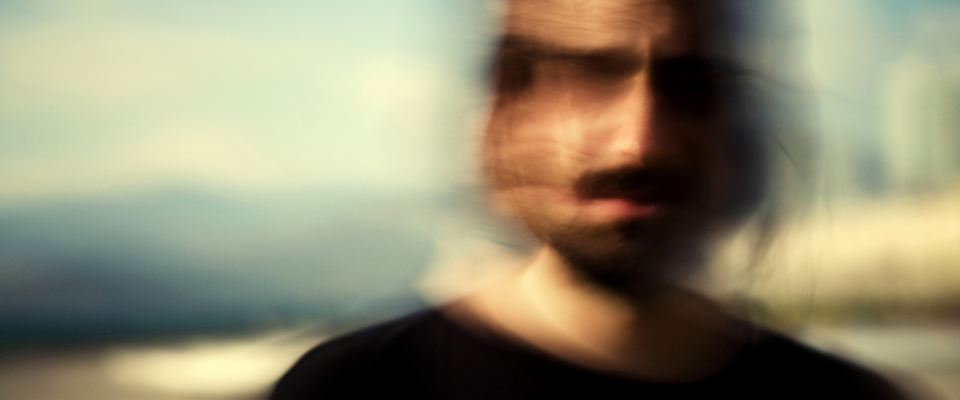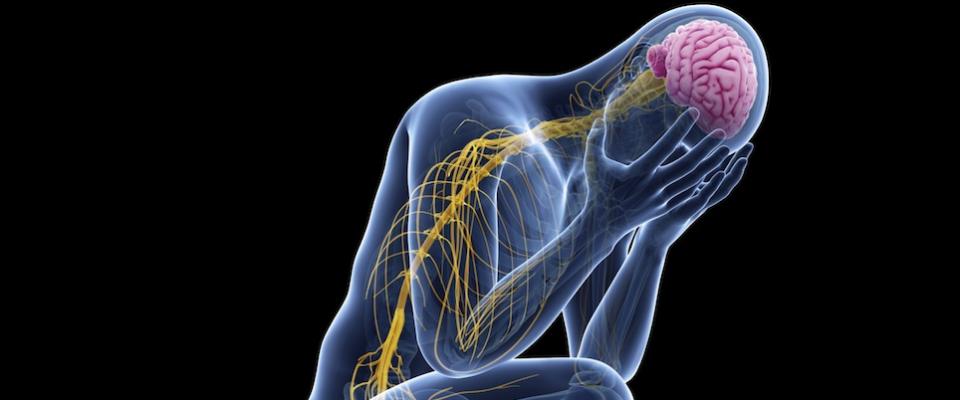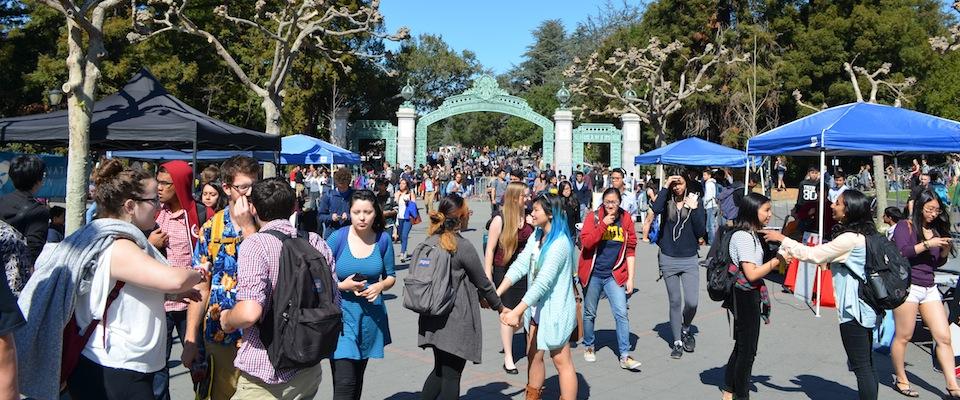Mental health stigma is the worst it’s been in 50 years
You couldn’t find a worse poster child for the mentally ill, but Cho Seung-Hui is now the most famous in the United States—if not the world.
The 23-year-old Virginia Tech student shot and killed 32 faculty and peers on April 16, the worst mass killing in U.S. history. His action also struck a blow to attempts to de-stigmatize mental illness that will impede change “for years to come,” says Stephen Hinshaw, chair of Berkeley’s psychology department and author of The Mark of Shame: Stigma of Mental Illness and an Agenda for Change.
“This is exactly the kind of incident that is damaging, done by a violent, paranoid individual with access to weapons, who could become the face of mental illness,” says Hinshaw. But even discounting Cho, the stigma surrounding mental illness is worse now than 50 years ago—despite the self-help culture, the popularity of psychotherapy, and the availability and effectiveness of drugs—argues Hinshaw, drawing on 30 years of research, including his own work on attention deficit hyperactivity disorder.
Media portrayal of the mentally ill is a large part of the problem, he says. You don’t hear about mental illness unless something goes wrong—mental hospitals are closed and patients end up homeless on the streets of Berkeley and San Francisco, for example. And journalists still use inflammatory language when discussing mental illness. Coverage of the Virginia Tech shootings, for example, described Cho as “deranged,” “a nut,” and “a lunatic.” “This kind of language is inherently distancing,” says Hinshaw. It also lumps all mentally ill people into one category— dangerous. In fact, fewer than 10 percent of the mentally ill are violent, says Hinshaw. “We are more successful now at treating mental illness than we are at treating cancer or heart disease, but you’d never know that, because the stereotype is that the mentally ill are irrational, it’s permanent, they are incurable.”
Families suffer, too, through association. Cho’s parents, a South Korean couple who run a laundry business, and his older sister, a college graduate now working for the State Department, have apologized for his actions. Besides their grief—they also lost their son and brother, and have expressed shock that he was capable of murder—they may also feel responsible.
“Throughout much of the 20th century, the predominant psychological model was that parenting is the primary cause of all forms of behavior, especially mental illness,” explains Hinshaw, whose own family struggled to cope with his father’s bipolar disorder. “We have gone into a more medical/biological view these days, given evidence that serious mental disorders have a strong genetic component. Yet families may now be blamed not only for their childrearing practices but also for having passed on ‘defective’ genes.”
Given this climate, it’s not surprising that those needing psychiatric help are reluctant to seek it. The 2005 National Comorbidity Survey found that fewer than half of Americans with mental illnesses sought treatment that year, and those who did waited an average of ten years from diagnosis to seeking help.
Clearly, this allows violent, unwell people like Cho to slip through the cracks, although talk about profiling potential school shooters is unlikely to produce a solution, says Hinshaw. “The problem with such profiling is that whereas a fair number of mass murderers may show certain signs or characteristics, only a small minority of people showing such characteristics are likely to develop into mass murderers. How many false positives are we willing to have, to ‘catch’ the small subgroup who later cause disproportionate trouble?”





















